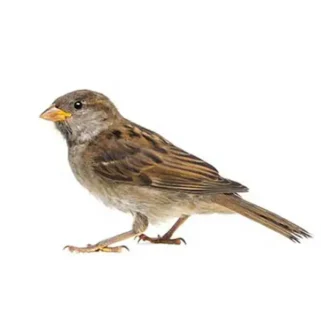
European Starlings in Kailua Kona
European starlings, known for their loud and energetic behavior, are commonly found in urban environments across the United States. They often nest in large numbers near homes and can pose a threat to homeowners due to their disruptive roosting habits and the filth they create. In addition to being loud and obnoxious, starlings present health risks by transmitting diseases such as encephalitis, ornithosis, and histoplasmosis. Moreover, their bold and aggressive scavenging behavior makes them a threat to gardens and crops.
European Starling Habitat
Thriving in diverse climates, European starlings exhibit exceptional adaptability and lack fear of humans, making them comfortable in city environments with easy access to food and shelter. They can be found in open fields, orchards, and farms in rural settings. In urban and suburban areas, starlings demonstrate remarkable adaptability by nesting in various locations, including building ledges, lighted signs, lamp posts, as well as dryer and stove exhaust ducts and vents. While they prefer roosting spots like tree cavities or small crevices, starlings may opt for attics if there are no other options.
European Starling Behaviors, Threats, or Dangers
In addition to being disruptive and loud, European starlings are also known to cause property damage. Their nest in various areas, including roofs, soffits, dryer vents, and attics, can cause structural damage and create fire hazards. European starlings are often attracted to lawns with insect infestations, leading to thousands of holes in the sod as they feed. Their droppings are both unsightly and corrosive and can degrade pavement and asphalt. They pose health concerns as well. The residue of their dried droppings has been linked to asthma and can transmit diseases such as cryptococcosis, E. coli, and salmonella.
If you discover European starlings roosting on your property, contact a licensed bird control company immediately.
Need help with European Starling control?
Need Pest Control Service?
Leave your information below and we’ll be in touch with a FREE quote!
"*" indicates required fields
*During normal business hours. After hours calls will be returned the next business day.



